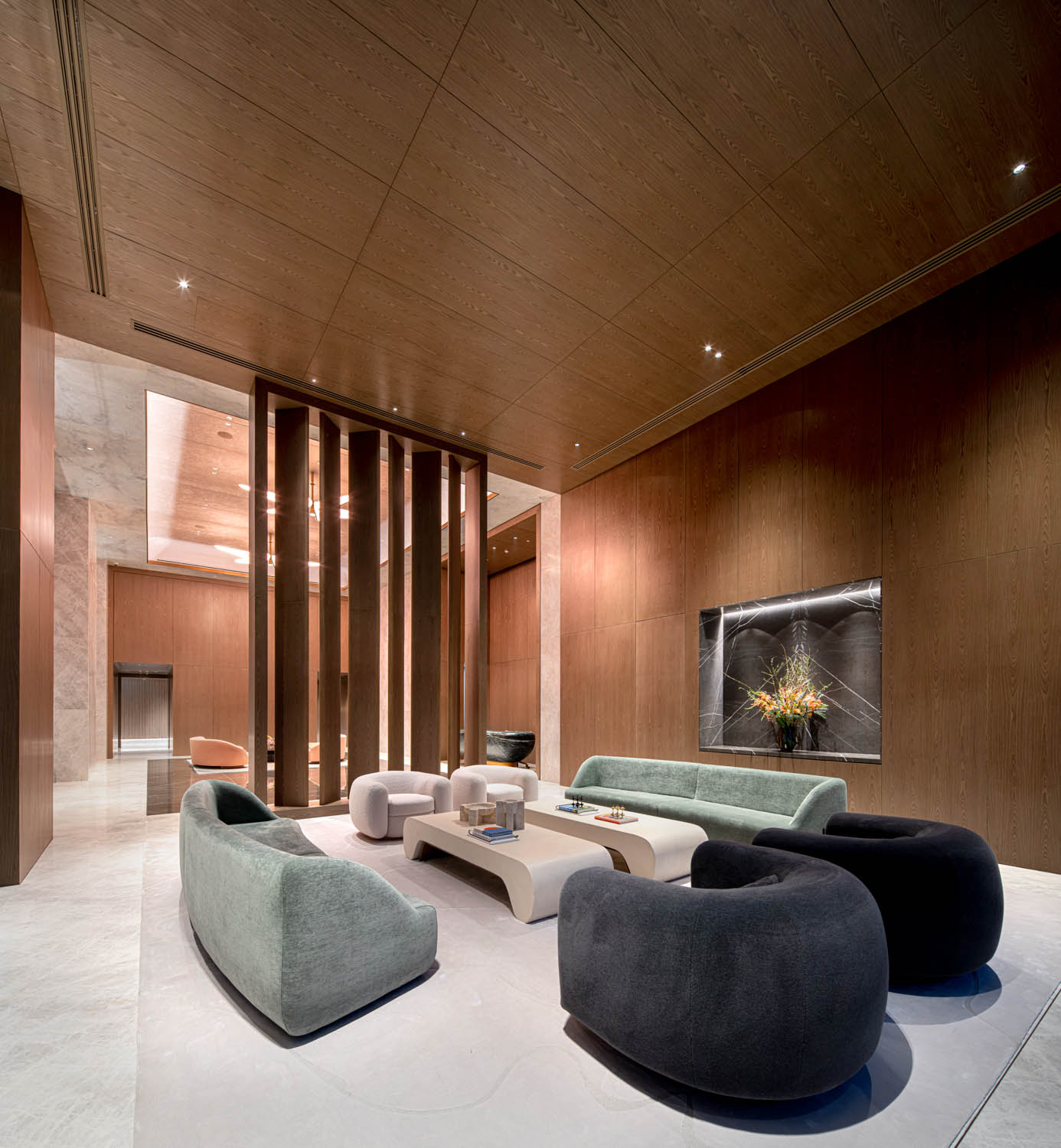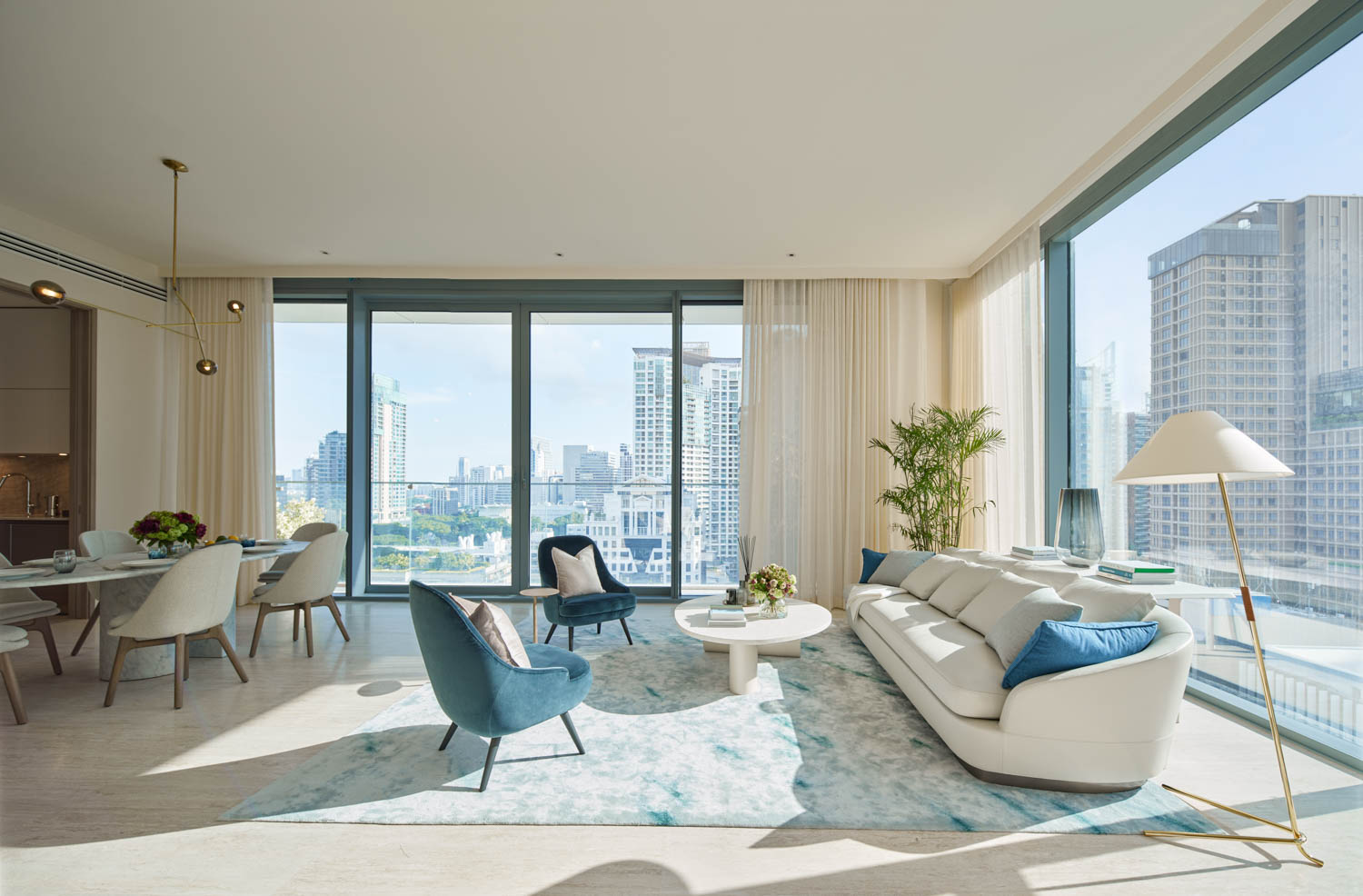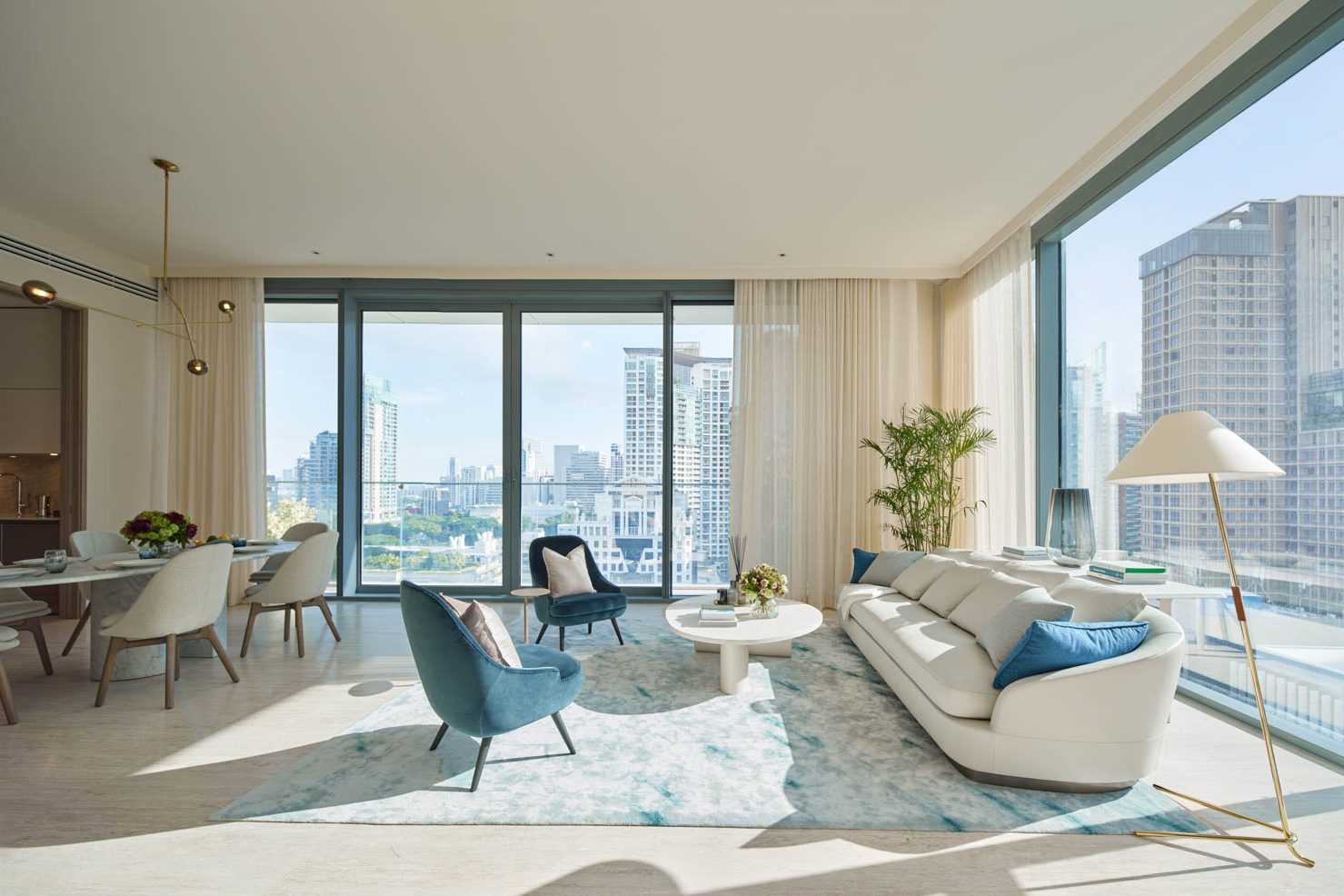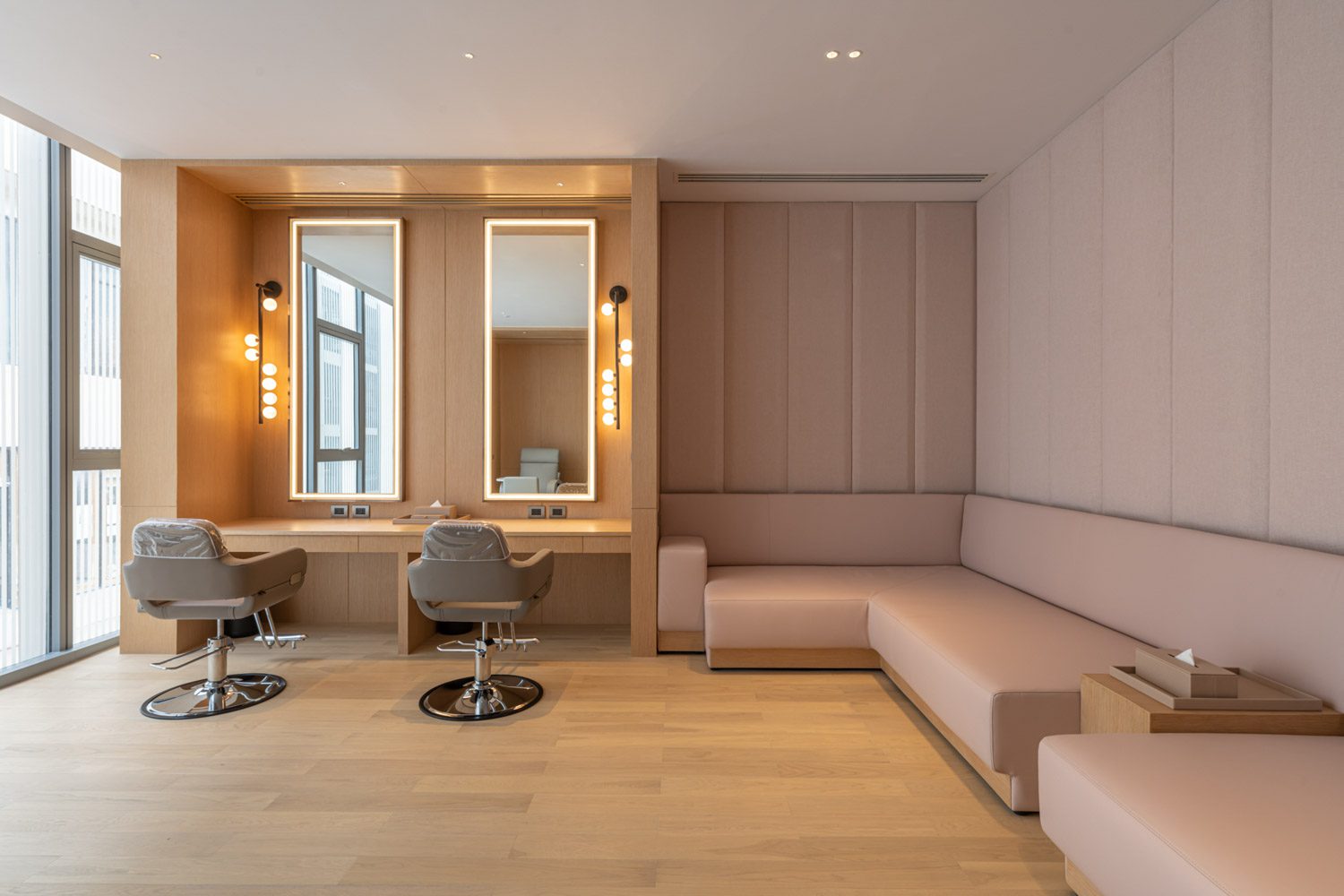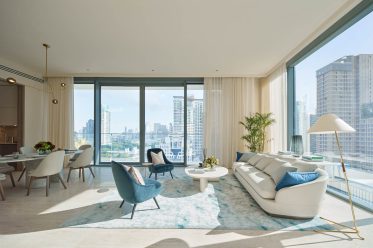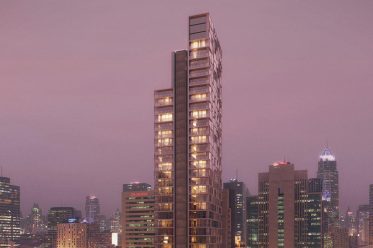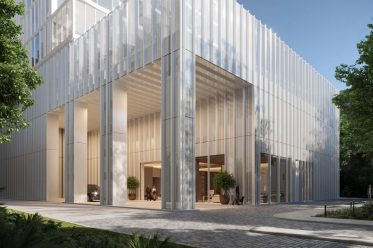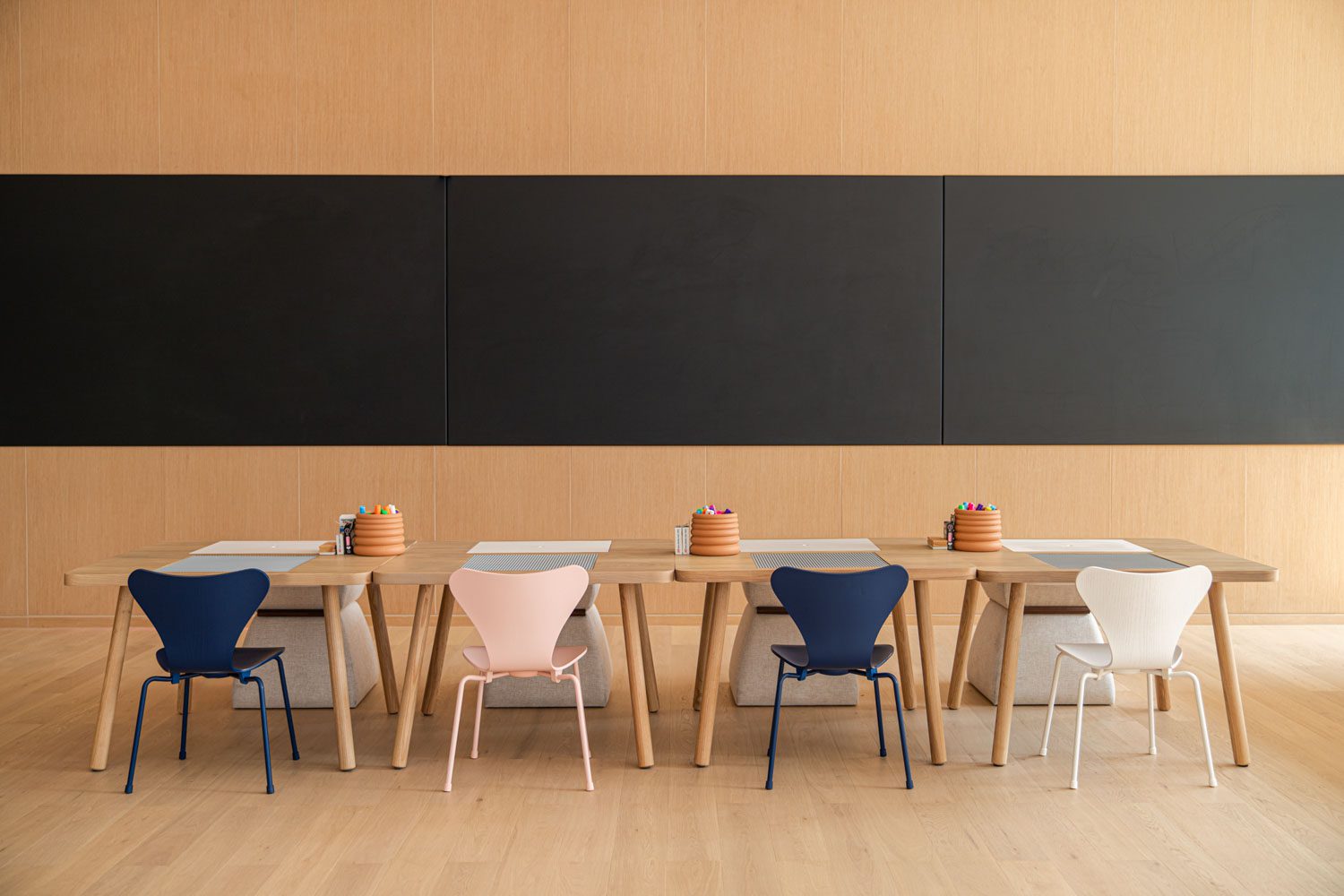
SCOPE LANGSUAN DID NOT ONLY PRESENT THE LUXURY AND DEDICATED DESIGN, BUT ALSO CARED ABOUT OWNER’S EMOTION WHICH IS INTANGIBLE, TRYING TO CREATE THE COMFORT ZONE BY PROVIDING THE ELEMENT OF NATURE INTO INTERIOR SPACES AND INTEGRATING AN UNCOMPROMISING USE OF NATURAL MATERIALS
TEXT: JINTAWACH TASANAVITES
PHOTO COURTESY OF SCOPE LANGSUAN
(For Thai, press here)
The importance of taking into account all senses of human beings and mental wellness is being emphasized increasingly in modern architecture. This is especially true in residential projects where people are now spending most of their time indoors. Therefore, it is only natural to achieve luxury status; the SCOPE Langsuan also goes beyond the realm of functionality and into this intangible yet, highly essential one. Comfort and wellbeing in an indoor environment are often related to bringing elements of nature into the space.

Regarding this matter, Thomas Juul-Hansen has made it clear through his interview that he gave his utmost priority to natural light when designing a good space for living in. “I am a firm believer that having natural light is a key to happiness in your home. Pretty much every space you are you can experience a dash of light, and this can reflect the habitant wellness,” Thomas told art4d.
Solar radiation impacts several decisions ranging from the orientation of the building on the site to the choice of windows and advanced specifications used on it. To ensure maximum reach to sunlight, the full height windows in the residential units face directly towards the east at the front or west, which are ideal cardinal directions to access the most sunlight. With this abundant amount of sun, the building has taken into consideration controlling heat levels and installed a double-glazed insulated low-E facade on its window to ensure that inhabitants still have unsurpassed comfort, as mentioned in an earlier article.
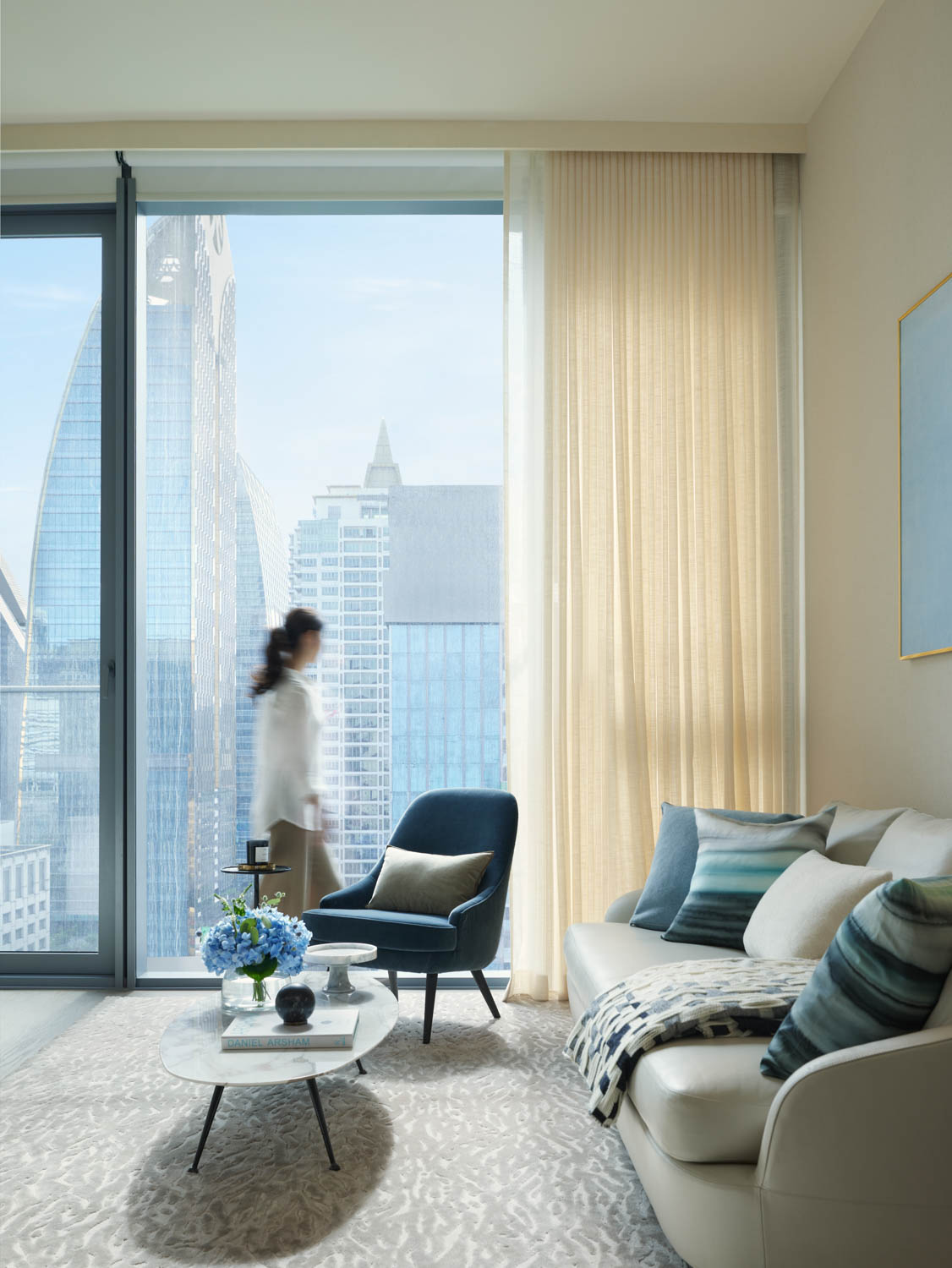
Additionally, the maximum of 4m high ceiling can also aid in a better distribution of natural light and contribute to better internal ventilation. Although visual and tactility comfort does not necessarily imply providing as much light as possible into interior spaces, users should also be able to optimize the use of light, which means sometimes allowing light into the interiors and sometimes blocking it. With that in mind, the building also provides pre-installed motorized 100% blackout blinds for controlling the amount of light you may not want during a specific time.


Apart from natural light and better ventilation, the designers also try to integrate an uncompromising use of natural materials into every area to accentuate the level of comfort in the given space. Light colors and neutral hues are utilized to alter the perception of interior space and provide a feeling of spaciousness. “Warm, cozy, and serene is what we focus on in the material selection process to create a feeling of coziness.” Thomas highlighted. These warmer materials include natural wooden surfaces, well-sewn fabric, wallpapers, and the uncompromising use of natural marbles and stones.
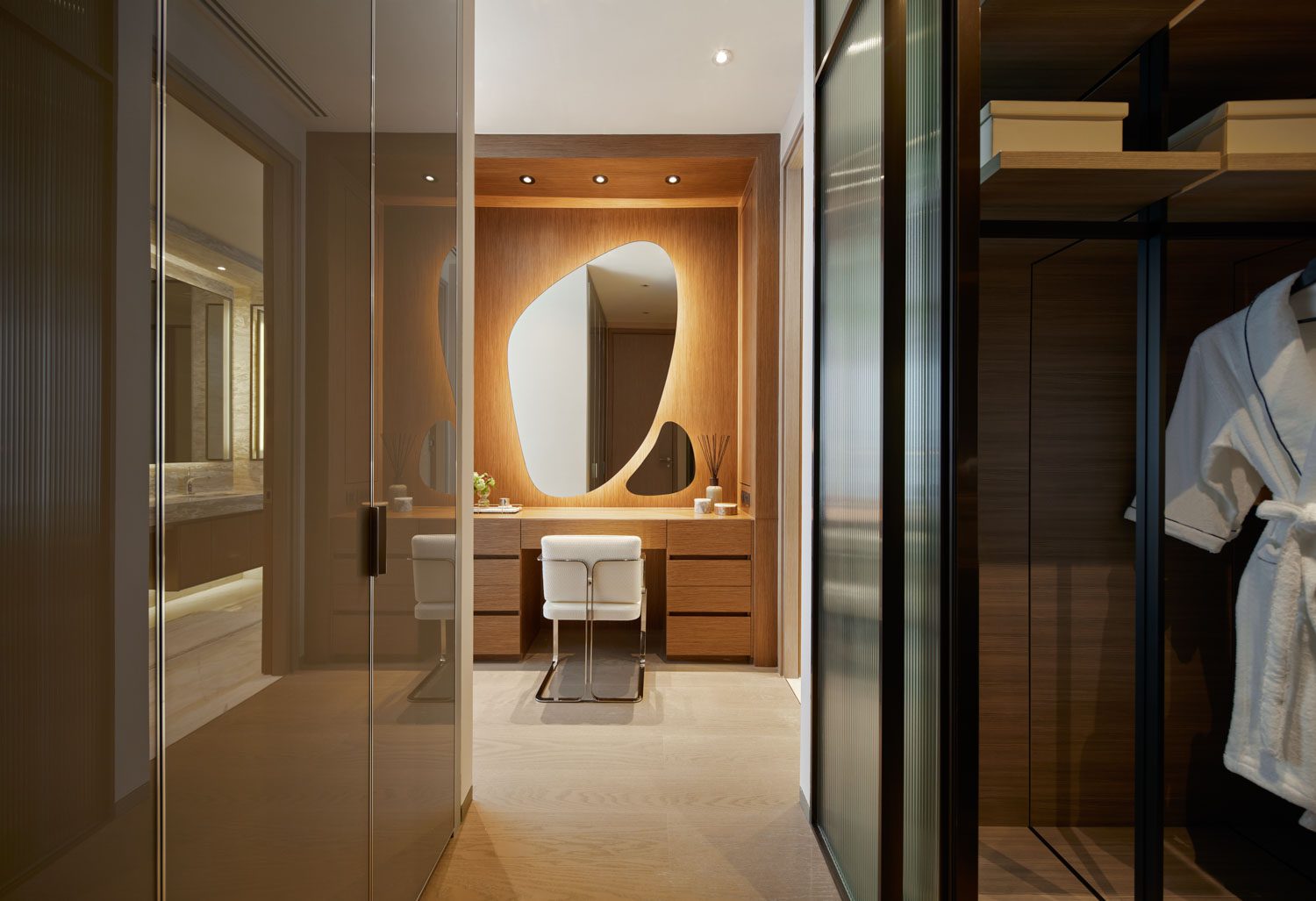
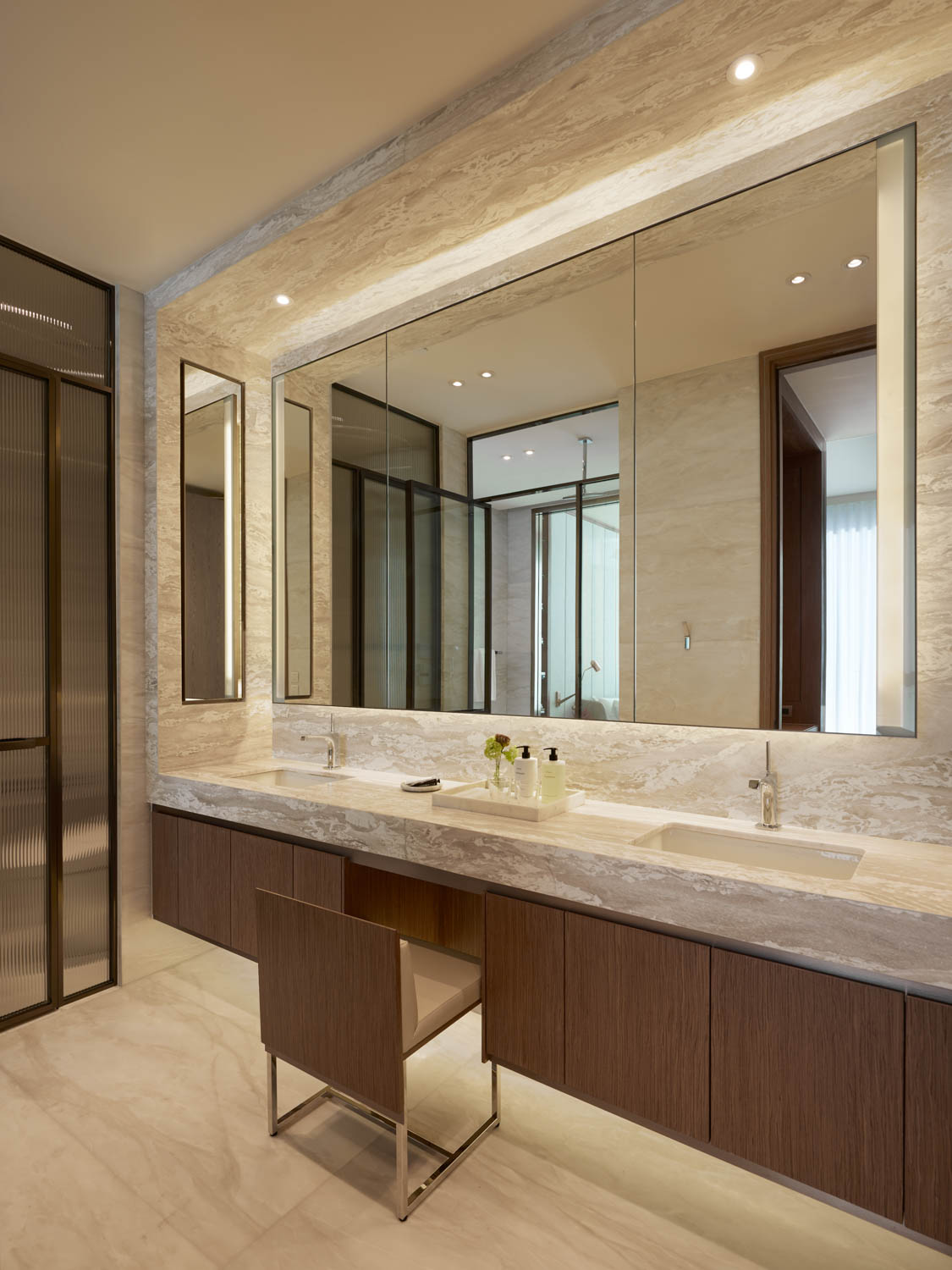
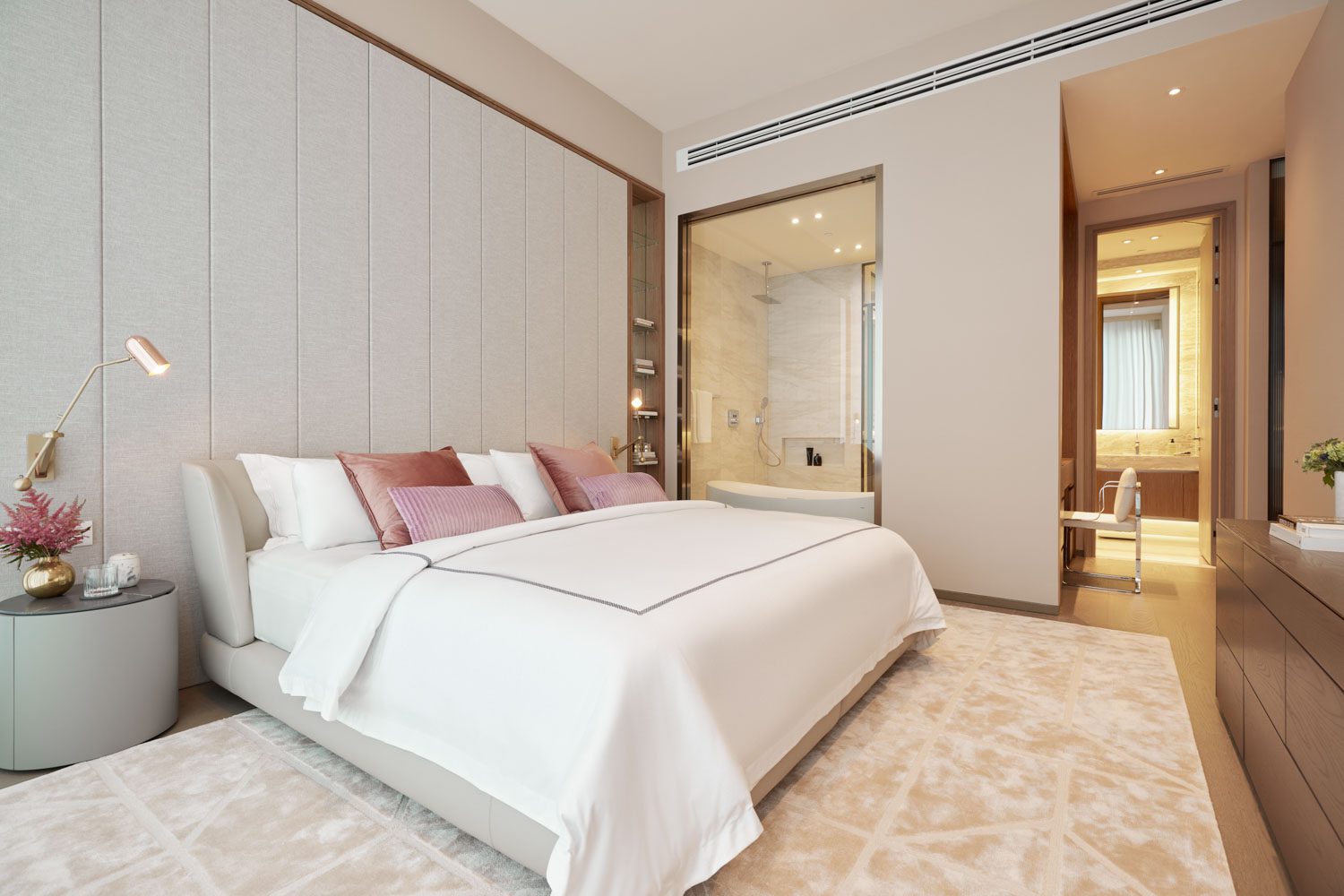
Furthermore, given the sufficient amount of sunlight, residents can rest assured that the greenery and plants they bring into their homes will get the adequate nutrients they need to survive. Humans have an innate dependence on nature, an element not to be overlooked when considering residential space design. Pleasant environments positively influence the mood and wellbeing of their occupants, just as poorly lit, uncomfortable places can make lives miserable.
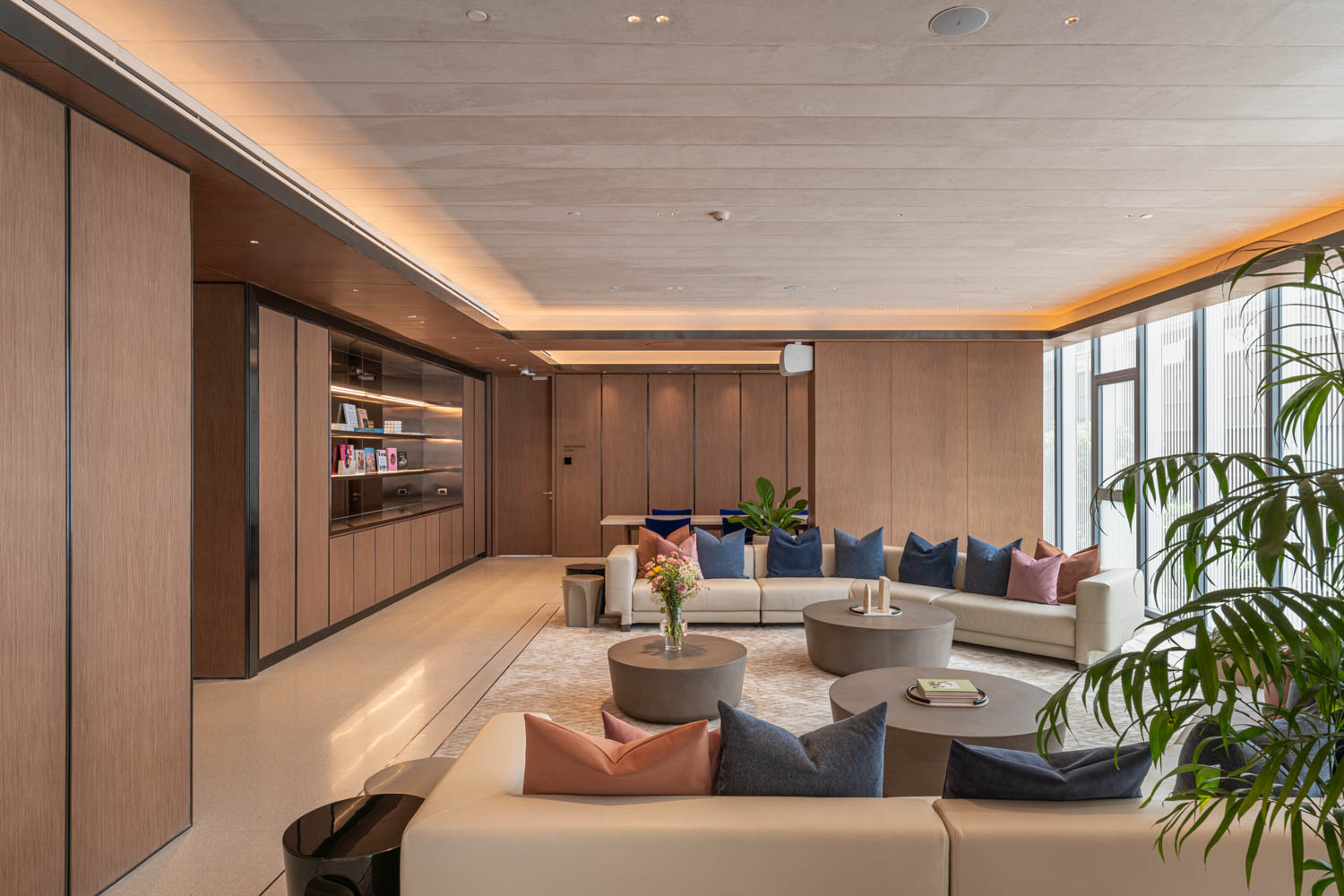
That is why the craft of interior design is so crucial to the SCOPE to be one step ahead in considering all aspects of human living and claim the top spot in the global luxury residential market and architectural design.
